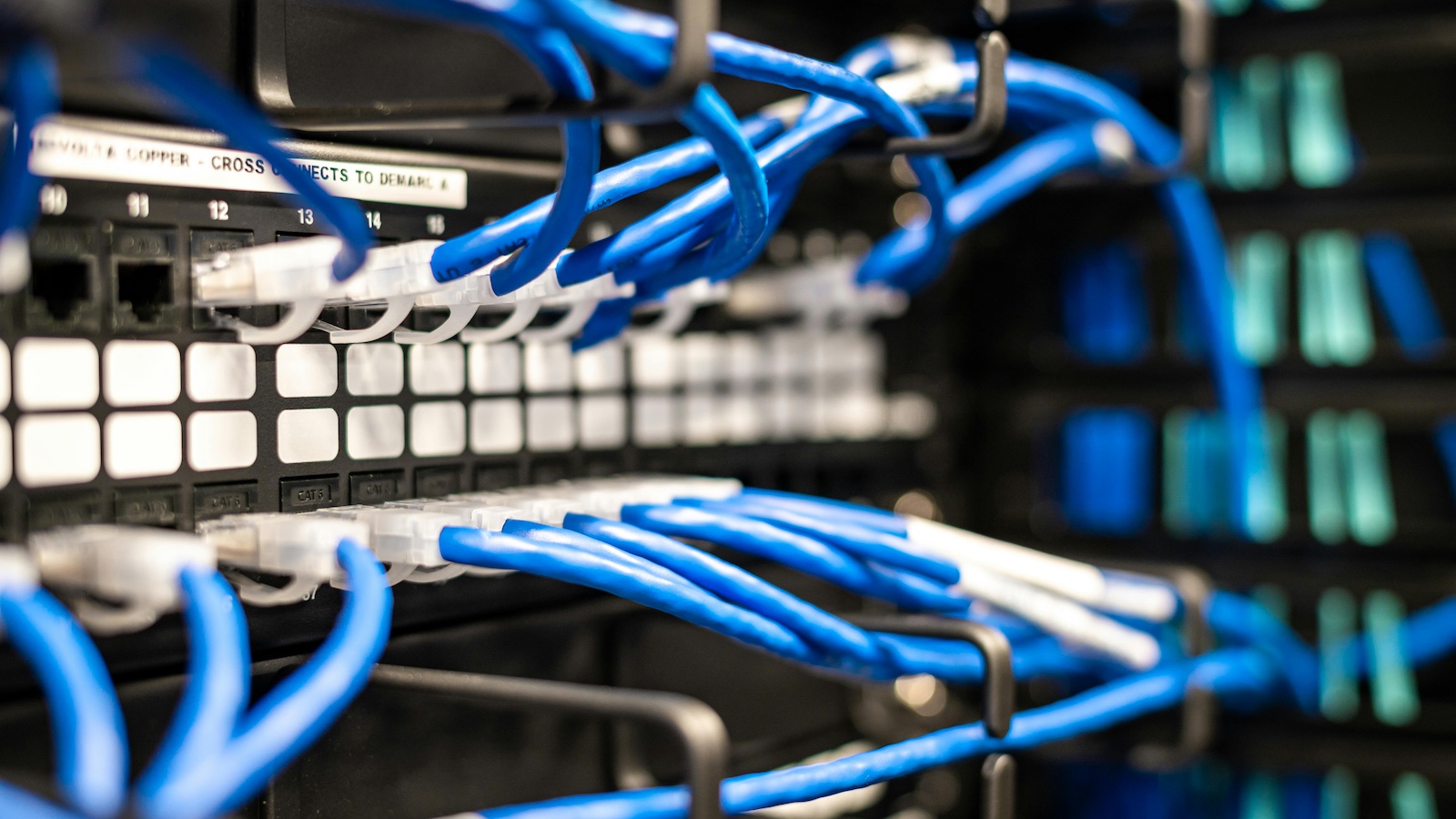Over the past two decades, building technology for complex, regulated industries, I've seen how legacy systems can persist long after the problems they were designed to solve have evolved. Workers' compensation is one of those systems. Built for a different era, it now faces a modern workforce shaped by hybrid schedules, shifting risk profiles, AI integration, and rising expectations from both employers and workers.
Workers' comp needs today go beyond incremental upgrades, calling for a strategic shift. The tools we rely on must reflect how people actually work: connected, digital, intelligent, and adaptable. That means platforms built on cloud-native infrastructure, automation that reduces rework and lag, intelligence that drives decisions, and real integration across every part of the claims lifecycle.
A System Under Pressure
While overall claim frequency has continued its long-term decline, dropping 5% in 2024 alone, according to the National Council on Compensation Insurance (NCCI), this doesn't necessarily signal improved efficiency. In fact, claim severity rose 6% in the same year, pointing to greater complexity and resource demands per claim. The trends vary widely by industry. NCCI data shows remote office workers continue to see lower claim rates, while sectors like private education have experienced increases, particularly related to workplace violence. Restaurant-related claims declined in both 2022 and 2023, whereas other hospitality segments remained unchanged.
This uneven landscape challenges systems that were never designed for such variability. The result is delayed resolutions and missed opportunities to prevent disputes or speed recovery.
The Case for Cloud-Native
Legacy infrastructure, while dependable in its time, now limits the adaptability required to meet today's evolving demands. In contrast, cloud-native platforms enable continuous improvement, universal access, and scalable performance. They reduce the friction of system upgrades, allow faster deployment of new capabilities, and offer enhanced data security and disaster recovery, essential for industries handling sensitive health and personal information.
When cloud-native architecture is combined with AI-driven automation, the impact becomes transformative. Claims processing can be streamlined end-to-end, accelerating settlements and improving accuracy. Regardless of role or organization, stakeholders across the claims lifecycle gain real-time access to shared data, enabling faster, more confident decision-making. Automated, auditable workflows ensure that key actions are completed without delay, minimizing errors and improving the overall experience for injured workers. Only a modern cloud foundation makes this secure, coordinated collaboration possible.
How Automation Unlocks Productivity
According to McKinsey, insurers that adopt end-to-end claims automation can reduce operational costs by up to 30% while improving claim settlement times and customer satisfaction.
By automating routine administrative tasks, professionals can redirect their time and energy toward higher-value work: applying judgment, building trust with injured workers, and resolving complex issues more effectively. Industry adoption is already underway. A recent survey by Guidewire and Celent found that over 60% of P&C insurers invest in claims automation technologies, prioritizing automated triage, intelligent document processing, and workflow orchestration. These tools reduce cycle times, eliminate rework, and enable consistent handling of high-volume claims. Some insurers have reported measurable gains: 20–30% faster settlements, 15% fewer processing errors, and stronger claimant satisfaction scores.
Making Data Work Smarter
Workers' comp generates immense data, but far too little informs real-time decisions. The next evolution involves applying intelligence to that data in practical ways. Predictive alerts can flag claims that are likely to escalate. Benchmarking can help leaders allocate resources more effectively. Pattern recognition can pinpoint the root causes of common delays.
More innovative data use means fewer surprises, more consistent outcomes, and better support for injured workers and the teams managing their claims. New actuarial models like Mixture-of-Experts (MoE), highlighted by the Casualty Actuarial Society, show how blending different predictive approaches can improve forecasting for claim frequency and severity. In parallel, academic research points to the value of connecting claims data with nontraditional sources to generate more accurate and timely loss estimates.
Why Integration Matters
Workers' comp involves a broad network of employers, TPAs, healthcare providers, attorneys, and vendors. Without integration, information gets trapped in silos, increasing errors and reducing transparency. Integrated systems, by contrast, allow for synchronized data, faster updates, and a more consistent experience for every stakeholder.
This also enables better accountability. When the entire claims process is connected, it's easier to track what's working, identify inefficiencies, and continually improve.
Looking Ahead
The way forward is clear. We need to build a workers' comp system that reflects the realities of today's workforce and the demands of tomorrow's economy. That means designing platforms supporting clarity, speed, coordination, and trust across every step of the claims process.
The system's pressures aren't easing, and expectations are rising. However, the opportunity ahead of us is significant if we align our strategy with the tools and insights already available.
We're not waiting for the future of workers' comp, we're building it now. The time for cautious upgrades is over. Let's deliver systems worthy of the people they serve.







